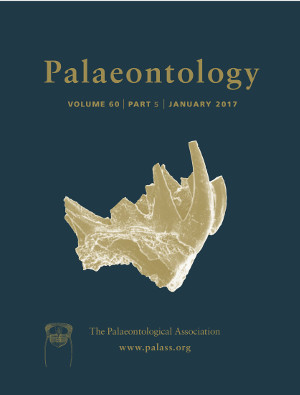Article: δ18O‐derived incubation temperatures of oviraptorosaur eggs
Publication: Palaeontology
Volume:
60
Part:
5
Publication Date:
September
2017
Page(s):
633
–
647
Author(s):
Romain Amiot, Xu Wang, Shuo Wang, Christophe Lécuyer, Jean‐Michel Mazin, Jinyou Mo, Jean‐Pierre Flandrois, François Fourel, Xiaolin Wang, Xing Xu, Zhijun Zhang, and Zhonghe Zhou
Supplementary Information
